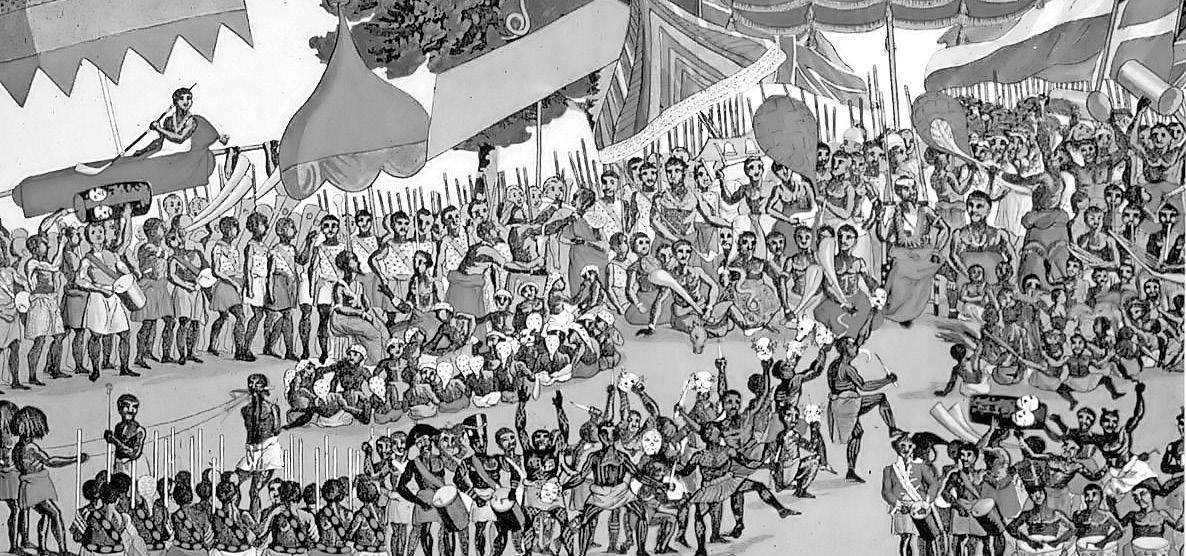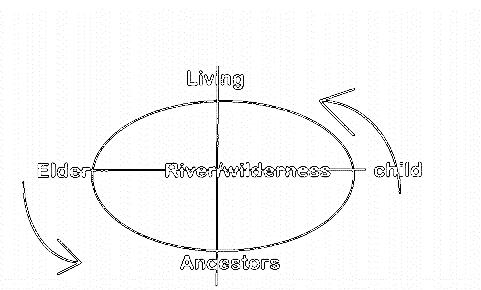
2 minute read
Interview 4
from 11122021 WEEKEND
by tribune242
language. We wished to find the number and languages of slaves in the Bahamas before the coming of the Loyalists,” he explained.
While conducting his research, Jim became very interested in one particular slave family: the Lea Anderson family.
Advertisement
At that time, the earliest record of slave ownership was in “The Early Settlers of the Bahamas”. The author, A T Bethell, provided a list of the inhabitants of New Providence which he states are shown in the census of 1671.
Jim’s more intensive research revealed some inconsistencies in the family’s lineage and so he probed deeper.
“I had already enjoyed my time researching in the Bahamas Department of Archives on behalf of my father-in-law, and the research for Anne further whetted my appetite to continue looking for those golden nuggets of historical knowledge. I spent many hours finding information to confirm Bethell’s error, which had probably misled many of the genealogists searching for their ancestors,” he said.
This is one of the things that he finds fascinating when he is doing research.
“You can come across one small scrap of information and that can lead you down a whole new path of research and discovery. Over the years, Anne and I delved into more research for her linguistics classes and writings as well as working on classifying the history of linguistic development into eras,” he said.
“The early period, in which very little information was available until the coming of Governor Woodes Rogers and the first Africans, the Coramantines (Akan/Ashanti), from the Gold Coast. The Loyalist period which after 1783 tripled the slave population with Congo and Sennegambia slaves. Also, the Loyalists brought in almost 10,000 more slaves between 1786 to 1806. Finally, after the abolition of the slave trade in 1807, over 6,000 liberated Africans, recaptured or from wrecked slave ships, were brought to the Bahamas.”
Like many Bahamians, Jim found himself with extra time on his hands during the COVID-19 pandemic.
He decided to use this time to turn the decades of research into his new book, which is now available just in time in for the holidays.
“The book examines African history and civilization,” he said.
Jim said he was particularly fascinated with the fact that the white inhabitants considered the Blacks “savages” despite the strong evidence of their civilised societies which boasted advanced technology for the time.
A DEPICTION of an Akan Ashanti Yam Festival final

THE KONGO Cosmogram was a core symbol of the Kongo culture
The book covers the growth of civilisation in the empires of West Africa, the creation of African villages, Afro-Bahamian culture as described by travellers, local officials and oral historians.
“I think some new African names may make their way into Bahamian vernacular based on this,” he said.
The release of the book this year just before the holidays is especially poignant, as Jim’s wife Anne passed away earlier this year.







